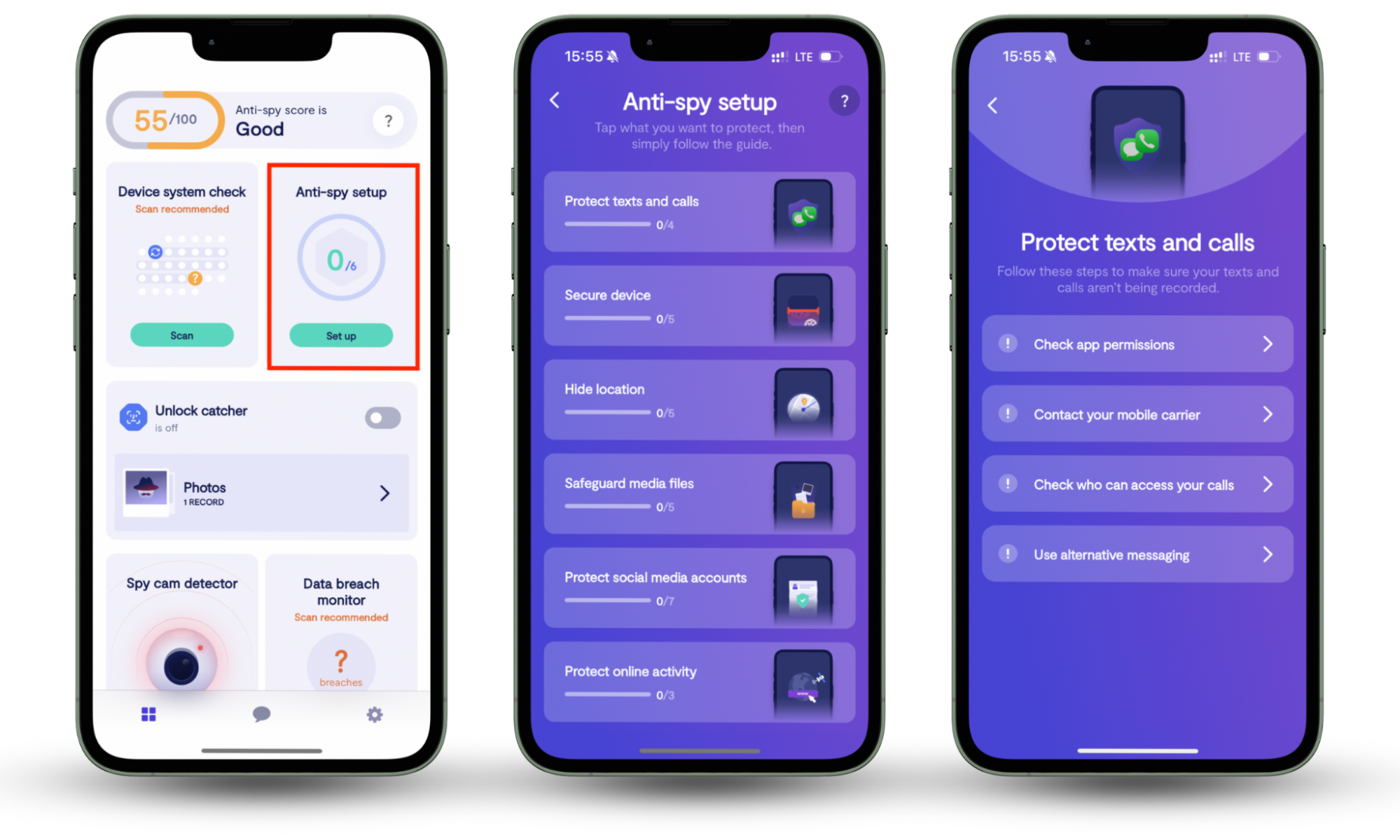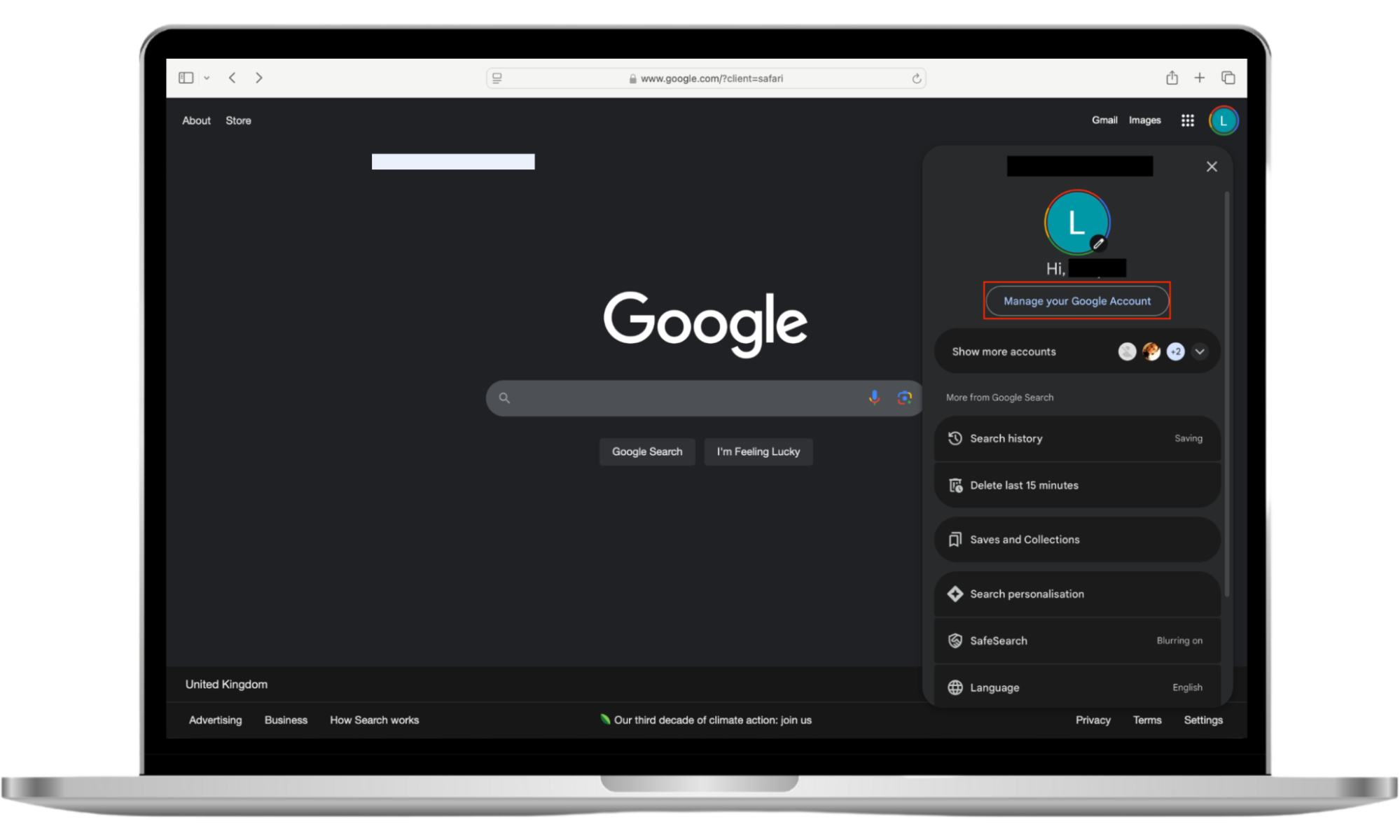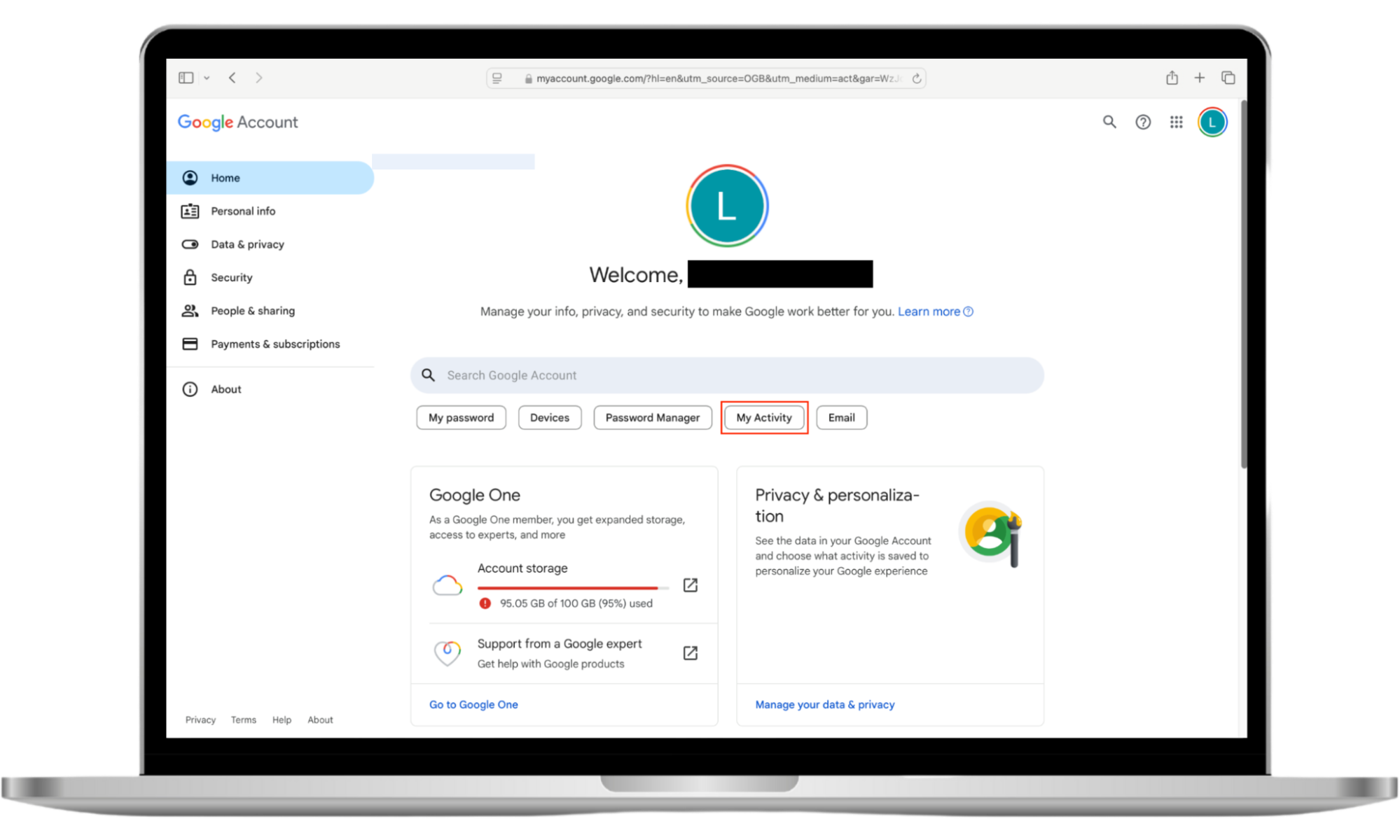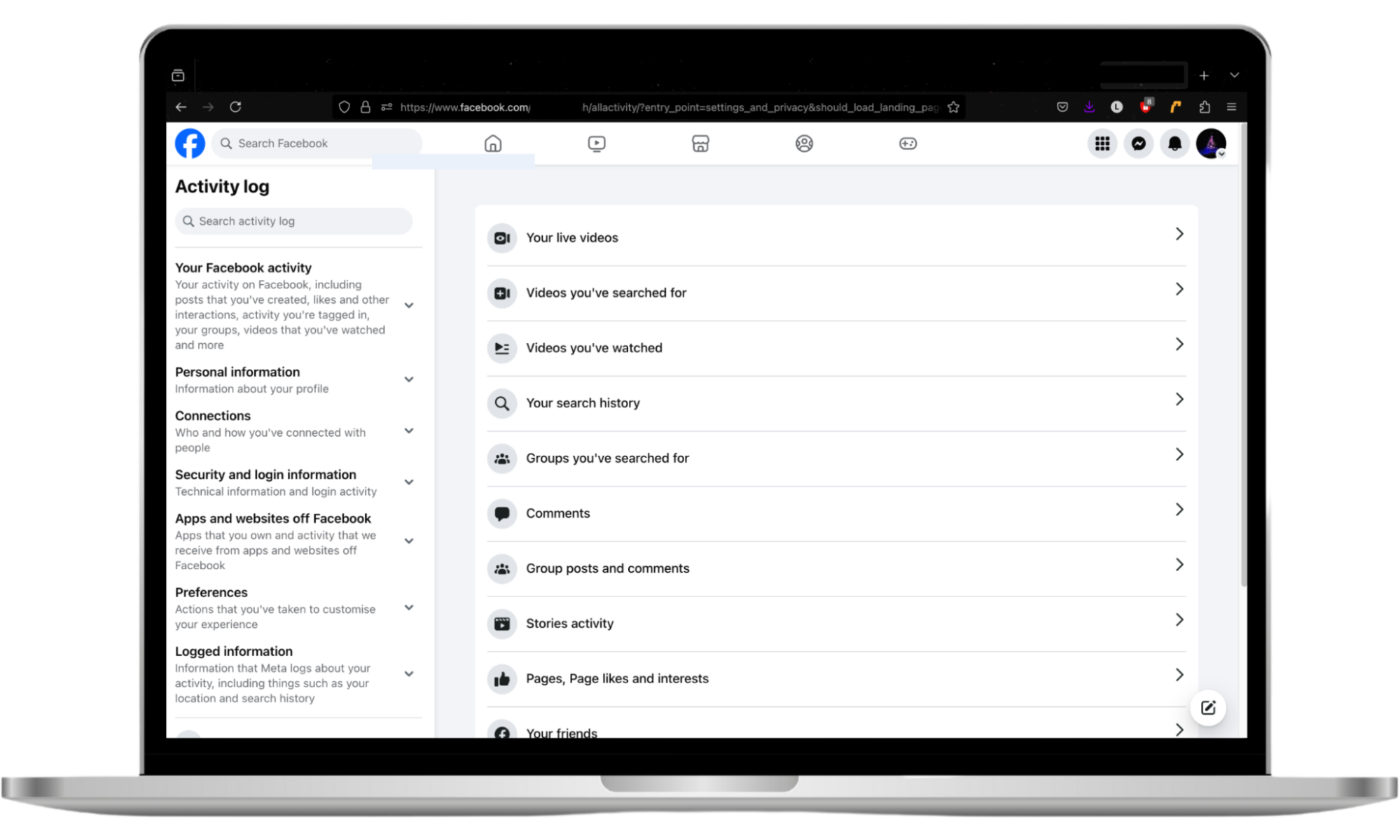Table of contents
- What are verification codes
- What to do when you receive unexpected verification сode
- 1. Do not share code
- 2. Do not enter code
- 3. Review account activity and security settings
- 4. Change your passwords and enable additional security
- Potential causes of unsolicited verification codes
- 1. Accidental or intentional requests
- 2. Potential cybersecurity threats
- 3. Issues with account compromise
- Security risks associated with unrequested verification codes
- 1. Phishing attacks and fraud
- 2. Multi-factor authentication (MFA) bypass
- How to prevent future issues with unexpected verification code
- 1. Reviewing and adjusting your security settings
- 2. Enable two-factor authentication
- 3. Be cautious of phishing attempts
- Conclusion
What are verification codes
Verification codes are an easy way to confirm your identity. They’re temporary codes that you enter when you log in. Sometimes, they’re sent via SMS or email, or you can generate them via an authenticator app.
You might hear this extra level of security called multi-factor authentication (MFA) or two-factor authentication. When you enable verification codes, you add an extra layer of protection for your accounts. Hackers cannot sign in with just your username and password—they need your confirmation.
What to do when you receive unexpected verification сode
So, you’ve received a verification code without requesting it. What next? First, do not react to this email or SMS. Second, improve your general online security—starting with your phone.
Your phone has a range of security features—and if you’re anything like me, you’re not making the most of them. Fortunately, Clario’s Anti-spy setup can walk you through securing your device. If you’re getting verification codes you didn't request, check your security settings.
How to secure your phone with Clario’s Anti-spy setup:
- Download Clario Anti Spy and set up a subscription.
- Open the app and tap Set up under Anti-spy setup.
- Follow the on-screen guidance to improve your online security.

1. Do not share code
If you’ve received a verification code without requesting it, don’t share it with anyone.
After all, it could be a sign that someone’s trying to access your account. If you don’t know who that person is, you could accidentally share the code with them—they can sign into your account.
Once they’ve got access, they could change the email address and password, locking you out. Depending on what account it is, they could steal money, commit identity theft, or pose as you and send malicious emails.
2. Do not enter code
Don’t enter the verification code or click on any links in the message.
Remember, it could be a phishing scam. Following links and entering your personal information could help hackers steal your account details. From there, they could take control of your account, and you might find yourself locked out.
3. Review account activity and security settings
Log in to your account and check for unfamiliar activity.
Once you’re logged in, check your security settings—make sure that MFA is enabled.
Expert tip
If MFA isn’t enabled in your account but you’re getting verification codes you didn't request, it’s probably a phishing scam rather than a compromised account.
4. Change your passwords and enable additional security
If you suspect someone knows your password, change it immediately.
Enable MFA and check that your phone number and email are listed correctly. That way, you can be certain that you’ll receive verification codes when you try to log in—or when someone else tries to access your account.
If you think your email account is also at risk, use another form of MFA, such as an authenticator app or SMS messages. Concerned about your email security? Find out what to do if your email gets hacked.
Potential causes of unsolicited verification codes
You might be getting verification codes you didn’t request because someone made a typo when entering their own details. Alternatively, someone could be trying to access your account deliberately. Your account could be compromised due to a password leak, or someone could be running a scam and these are actually phishing messages.
1. Accidental or intentional requests
Someone might’ve simply mistyped their own email address trying to access their account. In this case, you would get a single unrequested verification code. If they keep coming, it might mean that someone is deliberately trying to log into your account. In this case, do not share the code with anyone, and change your password immediately.
2. Potential cybersecurity threats
Hackers might be trying to trick you into clicking a link and entering your personal information. They’ll often use emails that appear to come from Facebook or Google because so many people have accounts there.
3. Issues with account compromise
Someone could be trying to use your username and password to log in. This is serious and suggests that hackers might know your personal details. This could mean that the hacker is someone you know. Maybe a partner, friend, or family member knows the passwords you commonly use.
Alternatively, someone might have found your account details in a data breach. You can use Clario Anti Spy’s Data breach monitor to check if your email address and passwords have been compromised. (If you learn your details have been a part of a data breach, remember to change your passwords immediately!)
Security risks associated with unrequested verification codes
Getting verification codes you didn't request can be a real problem. Hackers might have access to your online accounts. Maybe they have your details already, or they might be running a phishing attack to collect that information.
Do you know why cybersecurity matters? If someone has access to your online accounts, they can cause all kinds of trouble—including financial damage, identity theft, or even blackmail.
1. Phishing attacks and fraud
Getting verification codes you didn't request can be a sign of phishing attacks.
Hackers send phishing messages, often at random, hoping that victims receiving them will click a link and enter their personal information. Now they have your email address, password, and potentially other details too.
Alternatively, it could be another type of fraud. A cybercriminal may have signed up for accounts in your name, which could have real financial implications.
2. Multi-factor authentication (MFA) bypass
If you’ve received a verification code without requesting it, someone could be trying to bypass the authentication process.
Hackers attempt to bypass MFA by:
- Brute force, where a hacker or bot repeatedly guesses the verification code.
- MFA fatigue is when someone tries to access an account repeatedly, hoping you’ll accidentally accept a push notification.
- SIM jacking, where a hacker installs spyware on your device.
- SIM swapping is when a criminal contacts your phone provider, impersonates you, and gets a new SIM card so they can receive your text messages.
Are you worried about SIM swapping? Find out how to check if someone is using your SIM card.
How to prevent future issues with unexpected verification code
I’ve explained what to do if you get an unexpected verification code, but how can you prevent it in the future? Of course, we can’t completely eliminate all cybersecurity risks, but we can reduce the chances of someone else gaining access to your online accounts.
1. Reviewing and adjusting your security settings
It sounds obvious, but check the security of your online accounts—especially online banking or others that contain sensitive or financial information.
How to improve your account security:
- Don’t reuse passwords between accounts.
- Don’t log in to your online banking or other private accounts when you’re using public Wi-Fi.
- Each time you log in, check for unusual activity in your account—when was it last accessed, are there any messages you don’t recognize, or any unexpected transactions?
Do you know how to check for unexpected activity in your accounts? I’ll explain how to do it on some popular websites.
How to check for unusual activity in your Google account:
- Log in, then click on your initial. Choose Manage your Google Account.
- Click My Activity. Scroll down the list of actions and see if you recognize them all.


How to check for unusual activity in your Facebook account:
- Log in to Facebook, click on your profile picture, and choose Activity Log. Look through the sections to see if you recognize each action.

If you’re worried about someone accessing your online banking or other financial accounts, monitor your transactions regularly. And, of course, contact your bank immediately if you notice anything unexpected.
2. Enable two-factor authentication
If you don’t already have MFA set up, you should enable it. Not all online accounts will offer it as an option, but many will. (If you’re sharing personal or financial information on a site that doesn’t offer MFA, think about whether you feel safe doing that!)
There are several different types of multi-factor authentication, including:
- Entering a code sent via email or SMS
- Clicking on a link sent via email
- Entering a code generated by an authenticator app
- Tapping on a push notification on your phone
People can hack into your emails or access your SMS messages with a new SIM card from your phone provider, so using an authenticator app is one of the most secure forms of MFA.
3. Be cautious of phishing attempts
Getting verification codes you didn't request could be a sign of a phishing attack.
Reduce your risk of falling for phishing attacks by following some simple steps:
- Don’t click on suspicious links in emails.
- Don’t enter your personal information on websites you don’t trust.
- Don’t share your email address or phone number unnecessarily.
Conclusion
If you’ve received a verification code without requesting it, you should be concerned about your security.
If you want to improve your account security, use Clario’s Anti-spy setup. This feature walks you through ways to improve your device’s security, including securing online accounts. Additionally, you can use our Data breach monitor to scan all known breach databases for your details and determine if your accounts have been compromised.


